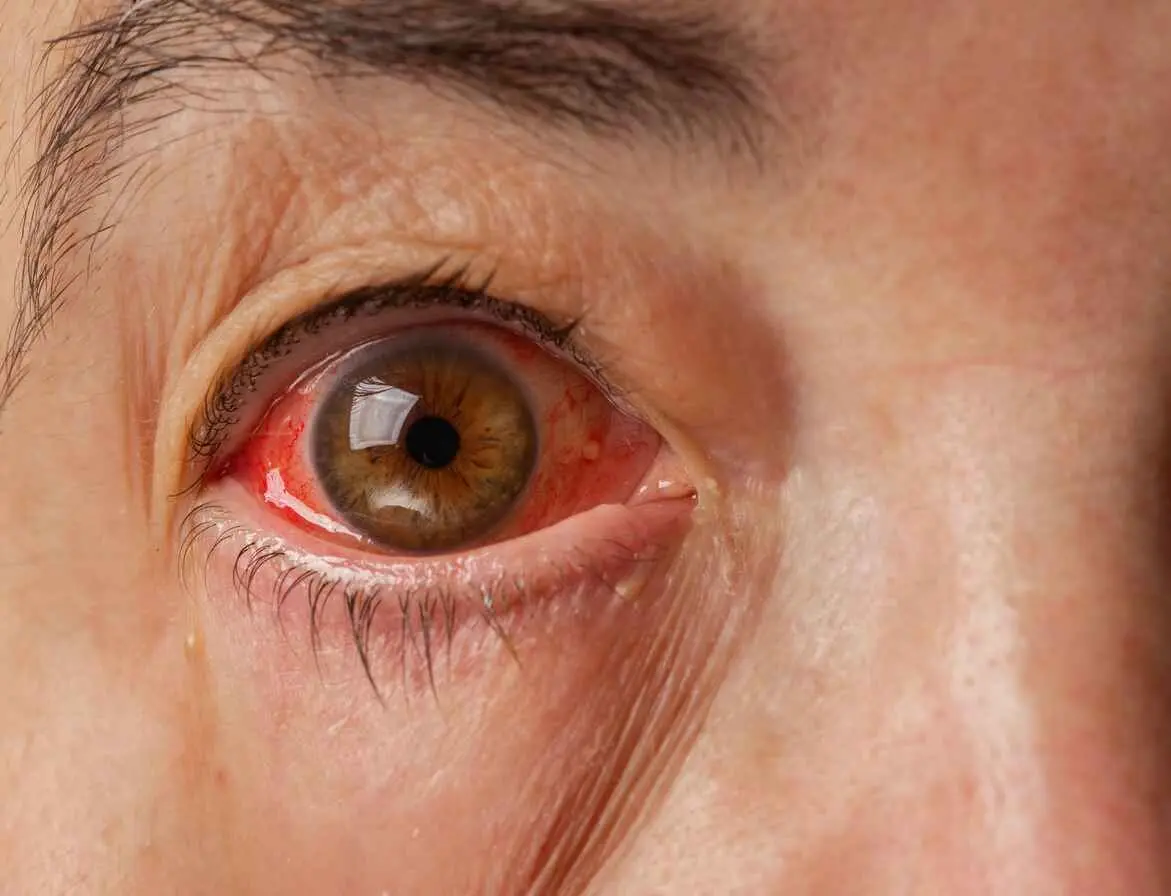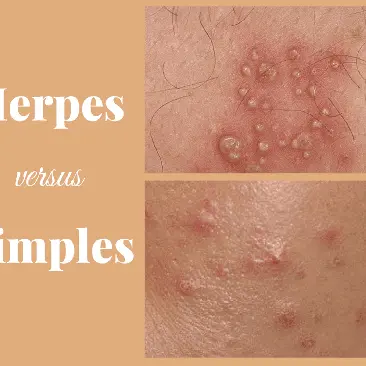Pink Eye Explained: Understanding The Causes And Symptoms Of Conjunctivitis
Have you ever woken up to find your eyes pink, itchy, and irritated? If so, you're not alone. Conjunctivitis, commonly known as "pink eye," is a widespread eye condition affecting people of all ages. It's a topic of concern that often generates numerous questions and misconceptions.
This comprehensive guide will delve into conjunctivitis, shedding light on its various causes, symptoms, and treatment options. Whether you're experiencing pink eye for the first time or simply looking to expand your knowledge on this eye ailment, this blog provides the insight you need to understand, manage, and even prevent the discomfort of conjunctivitis. So, let's begin our journey into the realm of pink eye and gain a clearer perspective on this all-too-common eye condition.
What Is Conjunctivitis?
Indeed, here's a brief explanation of what conjunctivitis is:
Conjunctivitis, commonly called "pink eye," is an inflammation of the conjunctiva. This thin, transparent membrane covers the white part of the eye (sclera) and lines the inner surface of the eyelids. This condition can occur in one or both eyes and is characterised by a reddish or pinkish eye appearance, giving it its colloquial name. Many factors can cause conjunctivitis, including infections, allergies, irritants, or underlying health conditions, can cause conjunctivitis. It is a highly contagious eye condition, mainly driven by infectious agents, making it crucial to keep clean and limit its spread.
There are different types of conjunctivitis, each with its symptoms and causes. While the most common form is infectious conjunctivitis, resulting from viral or bacterial infections, there are also non-infectious types, such as allergic conjunctivitis triggered by pollen, pet dander, or dust mites. Understanding the specific conjunctivitis affecting you is crucial to determining appropriate treatment and management strategies. The following are detailed explanations of conjunctivitis's various causes and symptoms, helping you better grasp this eye condition and how to deal effectively.
Causes Of Conjunctivitis
Conjunctivitis, commonly known as "pink eye," can have various underlying causes, each leading to specific symptoms and treatment approaches:
Infectious Causes:
- Viral Infections: The classic "pink eye" is often caused by highly contagious viral infections, particularly among children.
- Bacterial Infections: Bacterial conjunctivitis can result from various bacteria and requires prompt treatment to prevent complications.
- Early Sign Of Illness: In some cases, conjunctivitis can manifest as an early symptom of viral infections like COVID-19.
Allergic Triggers:
- Allergens: Allergic conjunctivitis occurs due to reactions to allergens such as pollen, pet dander, or mould.
- Chronic Allergies: Persistent allergies or conditions like asthma can lead to a chronic form of allergic conjunctivitis known as vernal conjunctivitis.
- Contact Lens Wear: Prolonged use of contact lenses, especially extended-wear lenses, can result in conjunctivitis and may necessitate changes in lens usage.
Environmental And Irritants:
- Irritants: Exposure to irritants such as chemicals, smoke, and dust can trigger conjunctivitis.
- Contact Lens Overuse: Overusing contact lenses without proper hygiene or adhering to recommended wear schedules can lead to eye irritation and conjunctivitis.
Understanding the specific cause of conjunctivitis plays a critical role in determining how best to treat and manage it. Whether it stems from viral or bacterial infections, allergies, or environmental factors, identifying the root cause is the first step in addressing the condition and ensuring the health of your eyes.
Symptoms Of Conjunctivitis
Some common symptoms of conjunctivitis (pink eye) are:
- Redness of the eyes, giving them a pink or bloodshot appearance.
- Itching and irritation in one or both eyes.
- Excessive tearing or watery eyes.
- Feelings of grittiness or foreign bodies in the eyes.
- Swelling of the eyelids, often accompanied by puffiness.
- Discharge from the eye can be clear, watery, or thick and yellowish in bacterial conjunctivitis.
- Sensitivity to light (photophobia).
- Blurred or hazy vision.
- Crusting of eyelashes, especially in the morning, due to dried discharge.
- Increased blinking or rubbing of the eyes in an attempt to alleviate discomfort.
Treatment Options For Conjunctivitis
The appropriate treatment for conjunctivitis, often called "pink eye," depends on its underlying cause. Let's explore the different treatment approaches based on the type of conjunctivitis:
1. Viral Conjunctivitis:
There is no specific antiviral medication for most cases of viral conjunctivitis, as your body typically combats the virus on its own.
Putting a cool, wet washcloth over your eyes may alleviate discomfort, which may help soothe irritation and reduce redness.
2. Bacterial Conjunctivitis:
When bacterial infection is the cause, your ophthalmologist can prescribe antibiotic eye drops or ointment based on the severity of your symptoms.
It's important to note that antibiotics are ineffective against viral or allergic conjunctivitis.
3. Allergic Conjunctivitis:
If allergies trigger your conjunctivitis, your healthcare provider might recommend using specific antihistamine or mast cell stabiliser eye drops to relieve itchiness and reduce puffiness.
Identifying and avoiding allergens that trigger your symptoms can also be part of the treatment plan.
4. Chemical Or Irritant-Induced Conjunctivitis:
In cases where conjunctivitis results from exposure to chemicals or irritants, the primary step is to thoroughly rinse the affected eye with clean, lukewarm water to remove the offending substance.
Your healthcare provider may prescribe eye drops or ointments for further relief and healing.
Remembering that conjunctivitis typically resolves independently within 1 to 2 weeks is essential. Nevertheless, if your symptoms persist or worsen beyond this period, it is advisable to consult your ophthalmologist. Prolonged symptoms may warrant further evaluation to ensure no underlying or more serious eye conditions require attention. In all cases, following your healthcare provider's recommendations and practising good eye hygiene can aid in a faster and smoother recovery from conjunctivitis.
How To Prevent Conjunctivitis?
1. Change Pillowcases Regularly:
Frequent pillowcase changes can help prevent the buildup and transfer of bacteria or allergens that may lead to conjunctivitis.
2. Avoid Sharing Eye Makeup:
Sharing eye makeup can be a potential source of infection. It's advisable not to share eye cosmetics like mascara, eyeliner, or eyebrushes with others.
Additionally, replace your eye makeup regularly to prevent the accumulation of bacteria.
3. Do Not Share Towels Or Handkerchiefs:
Towels and handkerchiefs can harbour germs and irritants. Avoid sharing these personal items to reduce the risk of infection or irritation.
4. Handle and Clean Contact Lenses Properly:
If you wear contact lenses, follow your eye care professional's recommendations for proper handling and cleaning.
Avoid wearing contact lenses overnight unless they are specifically designed for extended wear.
5. Keep Hands Away From The Eye:
Touching your eyes with unwashed hands can introduce germs and irritants. Whenever possible, refrain from rubbing or touching your eyes.
If you need to touch your eyes, ensure your hands are clean by washing them thoroughly with soap and water.
6. Frequent Handwashing:
Hand hygiene is crucial in preventing the spread of infections, including conjunctivitis. Wash your hands regularly before touching your face, eyes, or contact lenses.
Use soap, lukewarm water, and scrub for 20 seconds to eliminate germs.
Incorporating these hygienic practices into your daily routine reduces the chances of contracting or spreading conjunctivitis. Maintaining sound eye hygiene and being mindful of potential sources of infection or irritation can help protect your eye health and those around you.
When To See A Doctor?
If you're experiencing any of the following symptoms, you must contact a medical professional for guidance and evaluation. First and foremost, if your symptoms persist for more than 3 or 4 days, it's a clear signal that something may require medical attention. Additionally, any changes in your vision or the development of light sensitivity should not be taken lightly, as these can indicate underlying issues. Severe or worsening eye pain is another crucial reason to contact a healthcare provider promptly.
Furthermore, if you notice swelling or redness in your eyelids or the skin around your eyes, consulting a medical professional is advisable, as these signs could signify an underlying problem. Lastly, if you experience a headache with eye-related symptoms, seeking medical advice to rule out potential complications is essential. The health of your eyes is vital to your overall well-being. Early intervention is often the key to better results.
If you require assistance or have concerns about conjunctivitis or other health issues, don't hesitate to contact Mobi Doctor. Our healthcare professionals are here to provide expert guidance and support for your medical needs.






